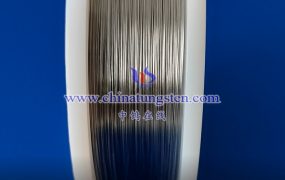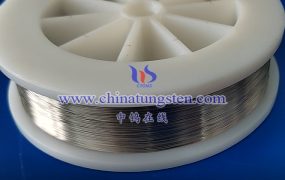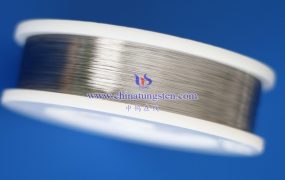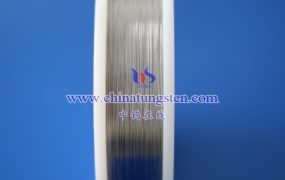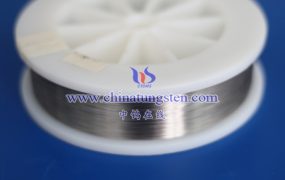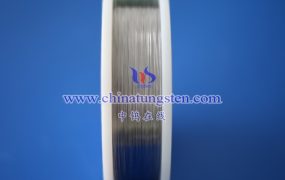Black tungsten wire is primarily used in lighting equipment as a high-temperature filament material, such as in incandescent lamps and halogen lamps. Its high-temperature resistance, stability, and regenerative capability in halogen cycles make it a core material for traditional light sources. Despite competition from newer technologies like LEDs, black tungsten wire remains irreplaceable in applications requiring high color rendering, ambiance creation, or specific industrial uses (e.g., projectors, infrared heating).
The roles and advantages of black tungsten wire can be summarized as follows:
1. High-Temperature Light Emission Core
- Principle: When electric current passes through the tungsten wire, its resistance generates heat, raising the temperature to extremely high levels (approximately 2500–3000°C). This excites electron transitions, converting electrical energy into visible light.
- Uniqueness of Black Tungsten Wire: The oxidized or treated surface of black tungsten wire may reduce heat radiation losses or optimize heat distribution, enhancing luminous efficiency (though traditional tungsten filaments have lower efficiency, black tungsten wire may improve performance in specific designs).
2. High-Temperature Resistance and Stability
- High Melting Point: Tungsten’s melting point of 3410°C, the highest among metals, ensures the filament does not melt at high temperatures.
- Thermal Shock Resistance: Tungsten wire can withstand rapid heating-cooling cycles without cracking, making it suitable for frequent on-off switching in incandescent lamps.
- Enhanced Black Tungsten Wire: Surface treatments may further improve its oxidation resistance or mechanical strength, extending service life.
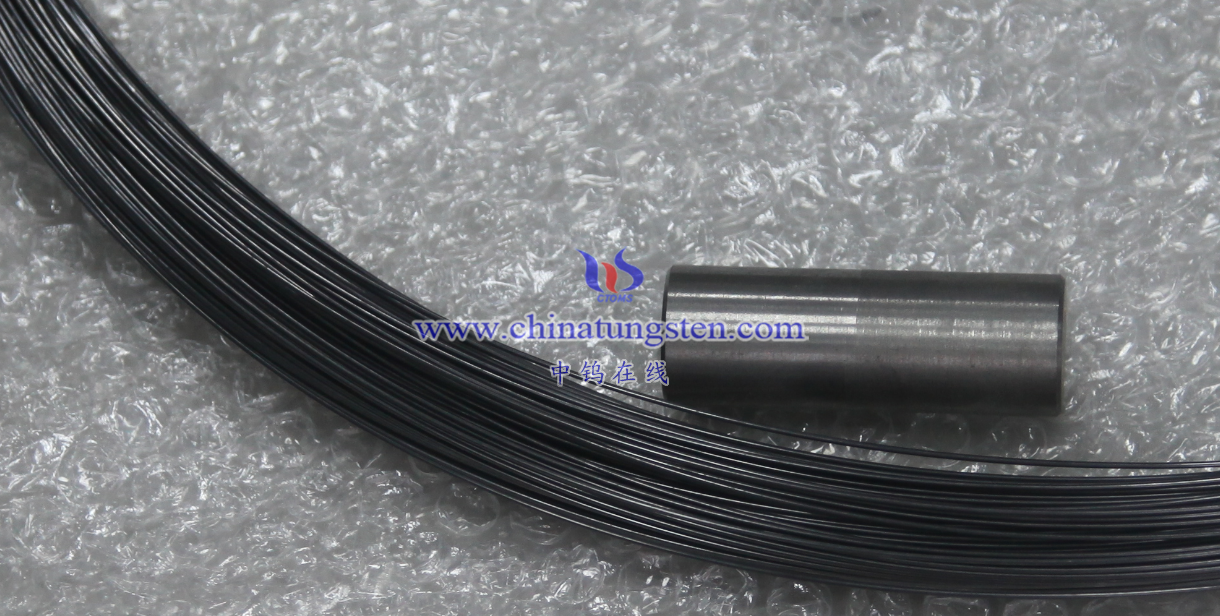
3. Regenerative Cycle in Halogen Lamps
- Halogen Cycle Mechanism: In halogen lamps, evaporated tungsten reacts with halogen gases (e.g., iodine or bromine) to form tungsten halides, which decompose near the filament, redepositing tungsten onto its surface.
- Role of Black Tungsten Wire: As a carrier in this cycle, the surface properties of black tungsten wire may influence the efficiency of tungsten halide decomposition, maintaining filament stability and reducing lumen depreciation.
4. Spectral Characteristics and Color Rendering
- Continuous Spectrum: Tungsten filament emission covers the full visible light spectrum, offering a high color rendering index (CRI) that accurately reproduces object colors.
- Adjustments with Black Tungsten Wire: Surface treatments or alloying may fine-tune the spectral distribution to meet specific lighting needs (e.g., warm tones or high-CRI scenarios).
5. Historical Context and Current Status
- Traditional Applications: Incandescent lamps were once the dominant lighting method, with tungsten wire being the only practical filament material due to its performance.
- Modern Alternatives: While efficient light sources like LEDs have become widespread, tungsten filament lamps remain relevant in niche markets due to their low cost, high CRI, and unique ambiance (e.g., vintage bulbs).
- Positioning of Black Tungsten Wire: It may serve as a material for high-end or customized products, with optimized performance to enhance competitiveness.
More details of tungsten wire, please visit website: http://www.tungsten-wire.com.cn/
Please contact CHINATUNGSTEN for inquiry and order of tungsten wire:
Email: sales@chinatungsten.com
Tel.: +86 592 5129595
